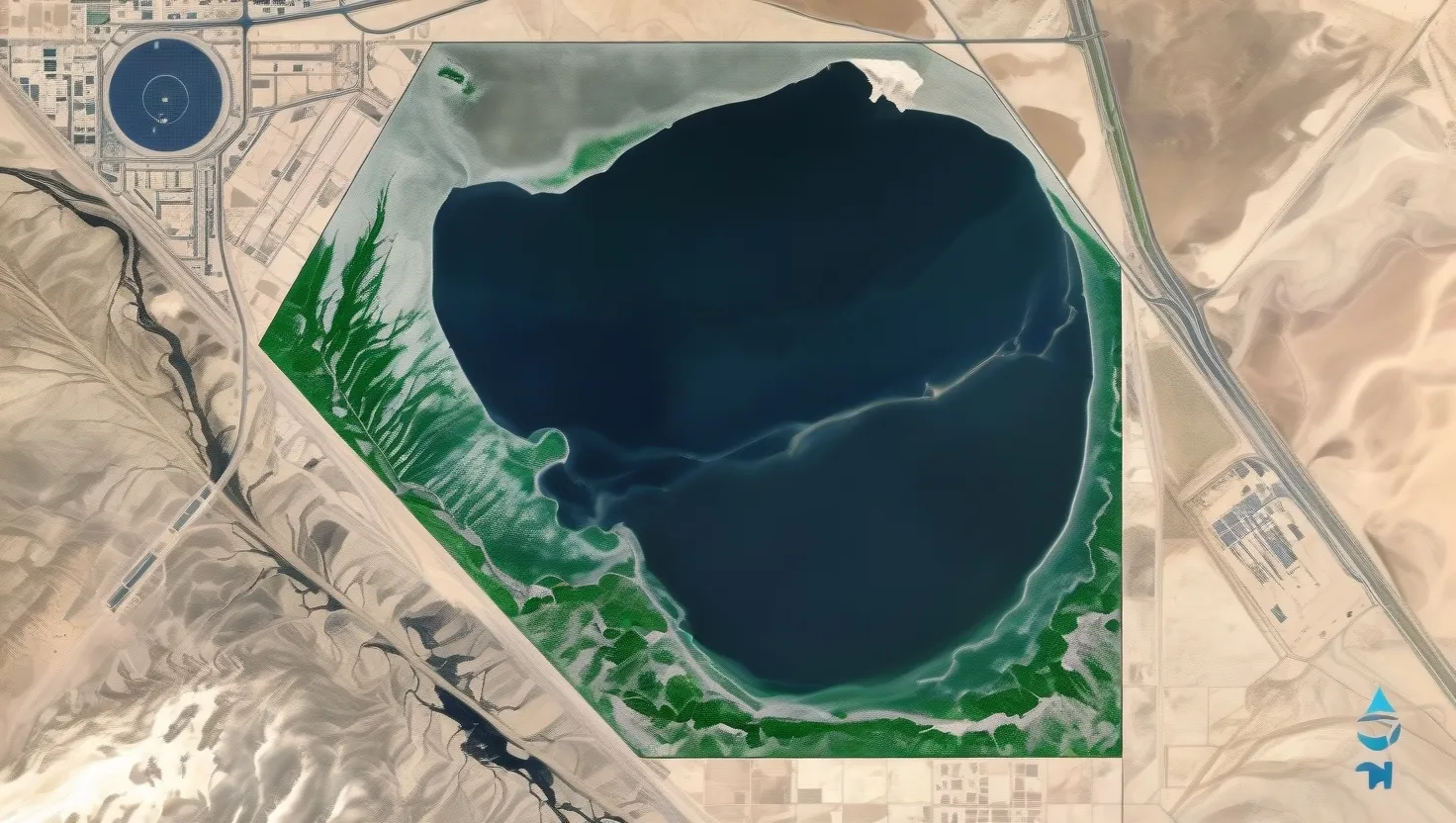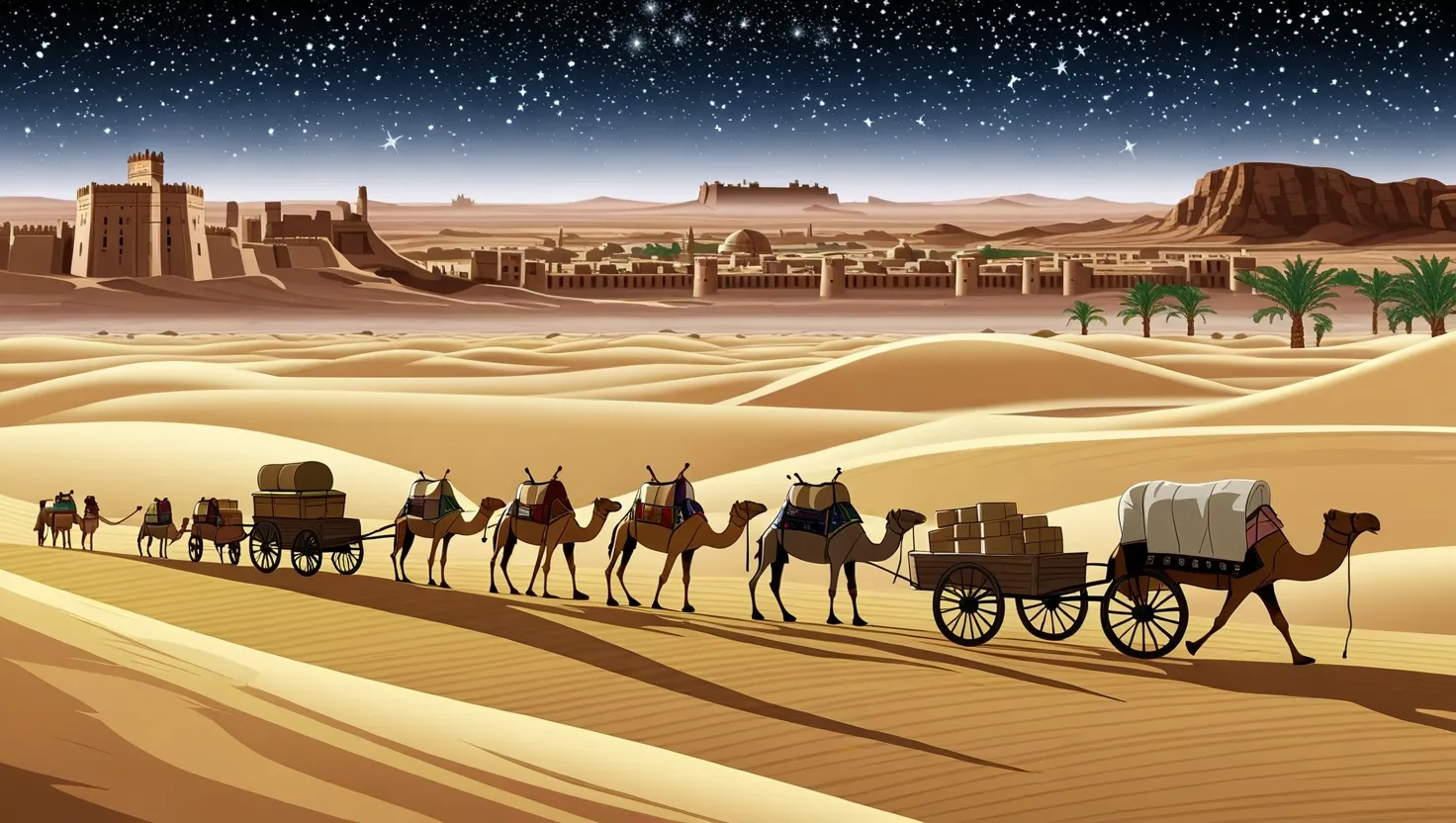The Aral Sea, once the world’s fourth-largest lake, has been a stark example of human impact on the environment. Located on the border between Kazakhstan and Uzbekistan, this vast body of water was a thriving ecosystem that supported a rich fishing industry, vibrant communities, and a diverse array of wildlife. However, the Soviet-era decision to divert the rivers that fed the Aral Sea for irrigation purposes led to its near-disappearance, leaving behind a desolate landscape known as the Aralkum Desert.
Today, the story of the Aral Sea is one of both tragedy and hope. The ecological disaster that unfolded here serves as a cautionary tale about the delicate balance between human development and environmental health. Yet, it is also a testament to the power of concerted efforts and innovative solutions in restoring damaged ecosystems.
The Crisis Unfolds
The diversion of the Amu Darya and Syr Darya rivers, which were the primary sources of water for the Aral Sea, began in the 1960s. This massive irrigation project was intended to boost cotton production in the region, but it had devastating consequences. The sea began to shrink dramatically, and by the 1980s, it had split into two smaller lakes: the Northern Aral Sea and the Southern Aral Sea. The Southern Aral Sea has all but disappeared, leaving behind a vast expanse of salt and sand.
The impact on the local population was severe. Fishing communities that had thrived for generations found themselves without a livelihood. The loss of the sea also led to significant health issues, as the dry seabed became a source of toxic dust and salt storms that affected the air quality and soil fertility in the surrounding areas. The once-lush lands around the sea turned into a barren desert, and the biodiversity of the region plummeted.
Restoration Efforts
Despite the enormity of the challenge, there are ongoing efforts to revive the Aral Sea. Kazakhstan, which holds the chairmanship of the International Fund for Saving the Aral Sea (IFAS) until 2026, has been at the forefront of these initiatives. The IFAS has launched several programs aimed at improving the situation in the Aral Sea basin, including the Aral Sea Basin Program-4 (ASBP-4), which encompasses 12 projects focused on climate adaptation, water resource management, and ecosystem restoration.
One of the most significant successes in these restoration efforts is the construction of the Kok-Aral Dike and Dam, completed in 2005. This dam separates the Northern Aral Sea from the Southern Aral Sea, preventing the flow of water from the north to the south and allowing the Northern Aral Sea to regain some of its former water levels. As a result, the salinity of the water has decreased, and over 20 fish species have returned to the area, revitalizing the local fishing industry.
Innovative Techniques
The restoration of the Aral Sea involves a range of innovative techniques. Satellite monitoring, for instance, has become a crucial tool in tracking the progress of these efforts. Organizations like EOS Data Analytics are using space technology to monitor changes in the sea’s water levels, soil conditions, and vegetation cover. This data helps in making informed decisions about where to focus restoration efforts and how to adapt strategies over time.
Another key strategy is the planting of saxaul trees on the former seabed. Since 2018, over 1.73 million hectares of saxaul plantations have been established in the Aralkum Desert. These plantations help reduce dust and salt emissions, combatting the harsh environmental conditions created by the sea’s disappearance. Kazakhstan plans to expand these plantations further, aiming to cover 1.1 million hectares by 2025.
Water Management and Climate Change
Effective water management is central to the restoration of the Aral Sea. The IFAS and other international partners are working to develop a unified automated system for accounting, monitoring, management, and distribution of water resources in the Aral Sea basin. This includes implementing water-efficient irrigation systems and crop rotation techniques to conserve water and improve soil health.
Climate change adaptation is also a critical component of these efforts. The region is experiencing rapid population growth, economic development, and increased water consumption, all of which exacerbate the environmental crisis. The ASBP-4 and other programs are focused on disseminating best climate-adapted agricultural practices and developing regional programs for the protection of biological resources.
International Cooperation
The restoration of the Aral Sea is not just a local or regional issue; it requires international cooperation. The World Bank, USAID, and other global organizations are providing financial and technical support to these efforts. For example, the World Bank has funded the construction of hydraulic structures and the stabilization of the Northern Aral Sea’s level, which has nearly doubled its water surface area and significantly reduced salinity levels.
International cooperation also involves sharing knowledge and expertise. The ERAS-I and ERAS-II projects, led by USAID in collaboration with the Uzbek and Kazakh governments, are examples of how global partnerships can drive environmental sustainability. These projects have not only helped in healing the region but also fostered a global commitment to environmental protection.
Socio-Economic Benefits
The restoration of the Aral Sea is not just about environmental recovery; it also has significant socio-economic benefits. The revival of the fishing industry has led to the return of local populations who had migrated due to economic hardship. Tourism and recreational activities are also being promoted, offering new economic opportunities for the region.
Moreover, the planting of saxaul trees and other vegetation on the former seabed has improved air quality and reduced the impact of dust storms, leading to better health outcomes for the local population. These efforts are weaving the impact of restoration into the very heart of community life, enhancing livelihoods and fostering social cohesion.
Lessons for the Future
The story of the Aral Sea offers valuable lessons for other threatened water bodies around the world. It highlights the importance of sustainable water resource management and the need for a balanced approach between human development and environmental protection.
The use of innovative technologies, such as satellite monitoring and automated water management systems, can be replicated in other regions facing similar challenges. International cooperation and the involvement of local communities are also crucial elements in any successful restoration effort.
As we look to the future, the Aral Sea stands as a beacon of hope and resilience. While fully restoring the sea to its former size may be impossible, the ongoing efforts demonstrate that with concerted action, we can improve local conditions, address environmental challenges, and revive ecosystems. This is a story not just about the Aral Sea, but about the potential for human ingenuity and cooperation to heal the wounds inflicted on our planet.






